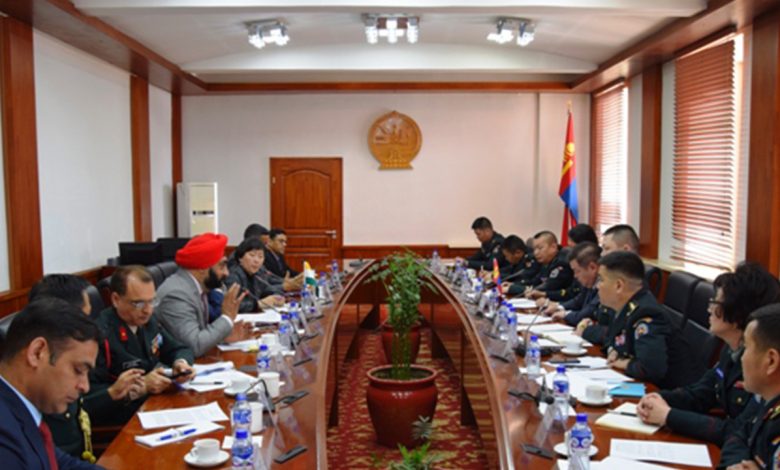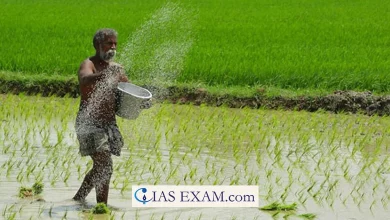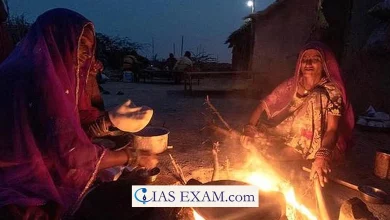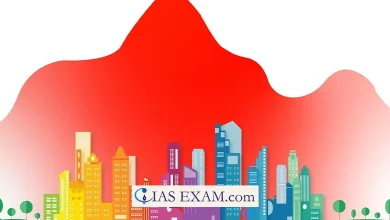Daily Current Affairs for UPSC
11th India Mongolia Joint Working Group Meeting
Syllabus- International Relations [GS Paper-2]

Context The 11th meeting of the India-Mongolia Joint Working Group was held recently in New Delhi.
Key Highlights
- The Joint Working Group met for the first time in person since the pandemic and acknowledged the growing ties between the countries.
- Both of the countries reviewed the development of several bilateral defence cooperation initiatives and identified ways to further enhance the existing areas of cooperation and articulated steps in this direction.
- During the meeting, both sides expressed satisfaction at the current defense cooperation between the two countries despite the limitations imposed through Covid-19 pandemic.
India-Mongolia Relations
- Historical Relation
-
-
- The interaction between India and Mongolia has been seen through Buddhism throughout history.
- Mongolia considers India as its “third” neighbor along with the U.S., Japan, and Germany and also as a “spiritual neighbour”.
-
- Diplomatic Relations
-
-
- India has established diplomatic relations with Mongolia since 1955 and it became the first country outside the Soviet bloc to open diplomatic relations with Mongolia.
- The Indian Resident Mission in Ulaanbaatar was adopted in 1971.
- This relationship between the two nations was upgraded to “strategic partnership” in 2015 when the Indian Prime Minister visited Mongolia and declared it as an essential component of ‘Act East Policy’.
- International Cooperation
- Mongolia has recapitulated its support for India’s membership to the permanent seat of the expanded United Nations Security Council (UNSC).
- India on the other hand has played a crucial role in getting Mongolia membership to key international forums, including the United Nations (UN), despite strong opposition from China and Taiwan.
- India also advocated the inclusion of Mongolia in the Non-Aligned Movement.
- Mongolia co-sponsored a 1972 UN resolution with India and Bhutan for the recognition of Bangladesh.
-
- Economic Cooperation
-
-
- In 2022, an India-built oil refinery at the cost of around USD 1 billion and with a capacity of 1.5 million metric tonnes was established near Sainshand in southern Dornogovi province of Mongolia.
- The refinery will fulfil 75 % of Mongolia’s oil refining needs.
- However India – Mongolia bilateral trade was USD 35.3 million in 2020, down from USD 38.3 million in 2019.
-
- Cultural Cooperation:
-
-
- The India-Mongolian Agreement on Cultural Cooperation was signed in 1961.
- It has governed the Cultural Exchange Programme (CEP) between the nations.
- It envisages co-operation in the fields of education by way of scholarships, exchange of experts, participation in conferences.
-
- Defence Cooperation:
-
-
- Both countries participate in a Joint defence exercise code-named Nomadic Elephant.
- India takes part in an annual week-long joint training exercise known as the Khaan Quest, hosted by Mongolia.
-
- Cooperation over Environmental Issues
-
- Both of the countries are part of the Bishkek Declaration (snow leopard).
About Mongolia
- Mongolia is a landlocked country situated in East and Central Asia.
- Mongolia is bordered by Russia to the north and China to the south, east and west.
- It is the most sparsely populated country in the world.
- The majority of the population in Mongolia practices traditional nomadic herding.
- The country is home to a variety of ethnic groups, including Mongols, Kazakhs, and Tuvans.
- Mongolia is known as the “Land of the Eternal Blue Sky” and as the “Land of the Horse”.
- The landscape is dominated by the Gobi Desert in the south and Altai Mountains in the west.
- Mongolia was once the center of the Mongol Empire, which was the largest contiguous empire in history, spanning from Europe to Asia.
Way Ahead
- The way ahead for the India-Mongolia partnership is to build on the existing foundation of historical and cultural ties, while seeking to expand political, economic, and cultural cooperation.
- Mongolia’s strategic location at the cross junction of Central Asia, Northeast Asia, far East, China and Russia attract major powers towards it.
- India must consider Mongolia as a green zone of economic development which absorbs hi-tech features and production skills in a modernization process.
- With both countries facing common issues in the region, there is also potential for further strengthening the relationship in the coming years.





.png)



